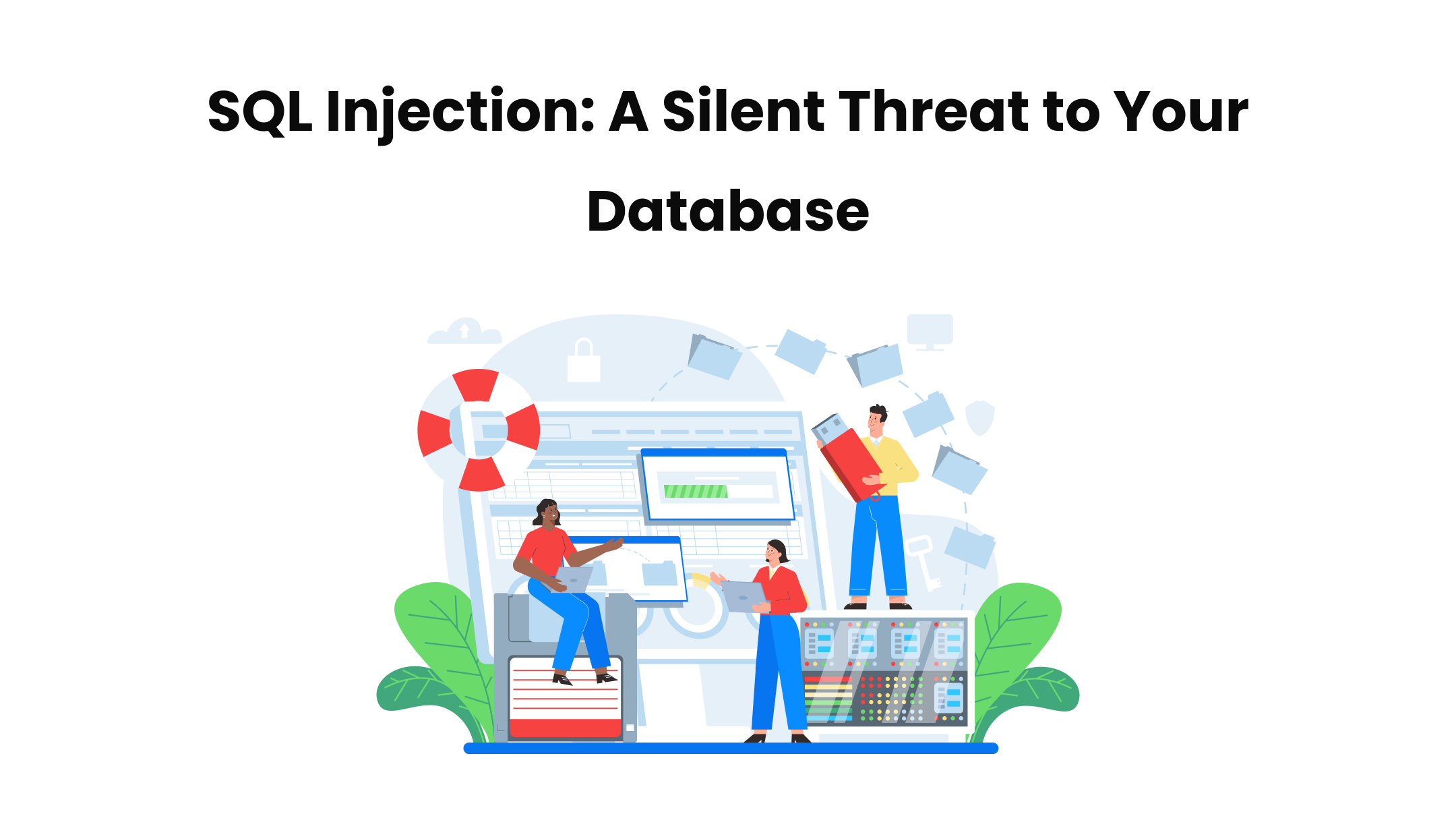

A supply chain attack is a clever and insidious form of cyberattack. Instead of targeting a heavily fortified organization directly, attackers go after weaker, less secure third-party suppliers or partners to breach the larger organization. These attacks exploit the trust and interconnectedness inherent in modern business relationships, making them both effective and challenging to detect.
In this guide, we’ll break down supply chain attacks, examine real-world examples, and provide actionable steps to secure your business ecosystem.
A supply chain attack occurs when cybercriminals infiltrate an organization by exploiting vulnerabilities in its suppliers, contractors, or other third-party partners. By compromising a less secure partner, attackers gain access to the larger target’s systems, data, or infrastructure.
Think of it as hacking the weakest link in a chain to break the entire system.
Here’s a simplified breakdown of how supply chain attacks typically unfold:
Attackers research a larger organization they wish to compromise. They then analyze its supply chain to identify weaker links, such as third-party vendors, service providers, or software developers.
The attacker infiltrates the chosen partner’s systems using techniques like phishing, malware, or exploiting software vulnerabilities. The goal is to implant malicious code or gain credentials to access the larger organization.
Once the supplier is compromised, the attacker uses their access or the deployed malware to infiltrate the larger organization. This can involve:
After gaining access, attackers can:
One of the most infamous supply chain attacks, this breach involved hackers compromising SolarWinds’ Orion software. They inserted malicious code into a software update, which was distributed to thousands of organizations, including government agencies and Fortune 500 companies.
Attackers breached Target by infiltrating an HVAC contractor with less secure systems. Using the contractor’s credentials, they accessed Target’s network and stole credit card information for over 40 million customers.
Cybercriminals exploited vulnerabilities in Kaseya’s IT management software, deploying ransomware to its customers and their downstream clients, affecting thousands of businesses globally.
Supply chain attacks are successful because they exploit trust and interconnectedness. Here’s why they work:
Securing your organization from supply chain attacks requires a combination of technical measures, policies, and vigilance. Here are the key steps:
Evaluate the security practices of all vendors, suppliers, and partners. Look for:
Limit the access that third-party vendors have to your systems and data. Only grant permissions necessary for their role.
Use tools to track and log the activities of third-party users or systems within your network. Look for unusual patterns that could indicate a breach.
For software suppliers, ensure they follow secure coding practices, such as using code reviews and automated testing tools to detect vulnerabilities.
Before installing updates or patches from vendors, verify their authenticity. Use cryptographic signatures to confirm the source.
Periodically review your own security posture and those of your partners. Encourage third parties to share the results of their security audits.
Adopt a “never trust, always verify” mindset, even for trusted partners. Continuously authenticate and validate all connections.
Train staff to recognize and report phishing attempts or unusual activity that could be part of a supply chain attack.
Early detection can mitigate damage. Watch for these red flags:
If you suspect a supply chain attack, take immediate action:
Supply chain attacks are a growing threat in today’s interconnected world. By targeting weaker links, attackers can bypass even the most robust defenses. However, with proactive measures, rigorous monitoring, and strong partnerships, organizations can mitigate the risks and ensure the integrity of their supply chains.
The key is vigilance. Stay informed, scrutinize partnerships, and never assume that security is someone else’s responsibility. Together, we can close the gaps that attackers seek to exploit.
Browse through these FAQs to find answers to commonly asked questions.
Popular articles